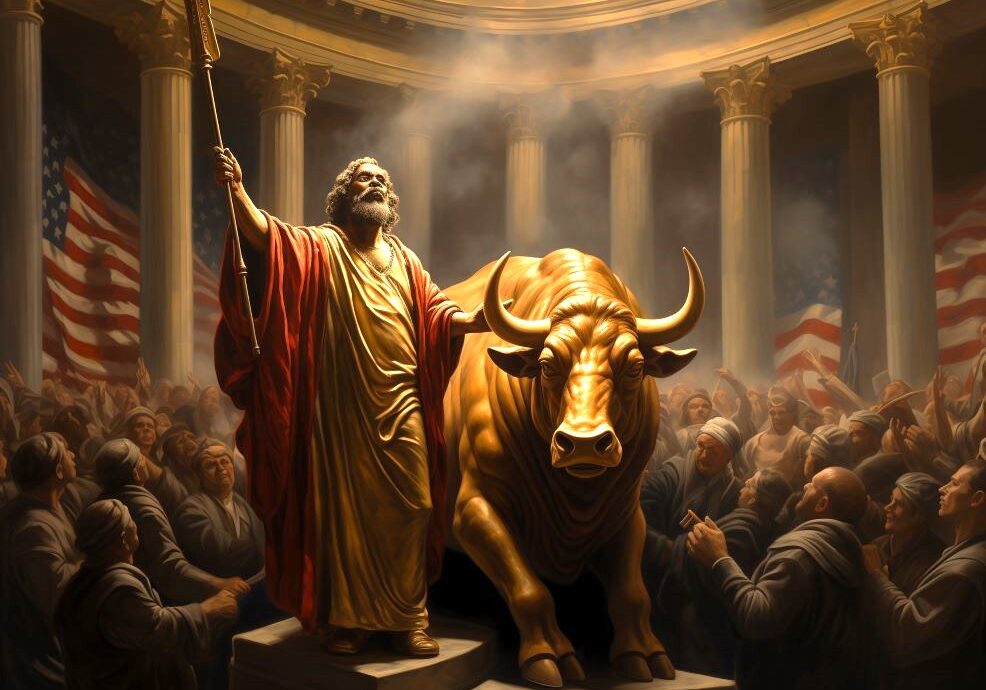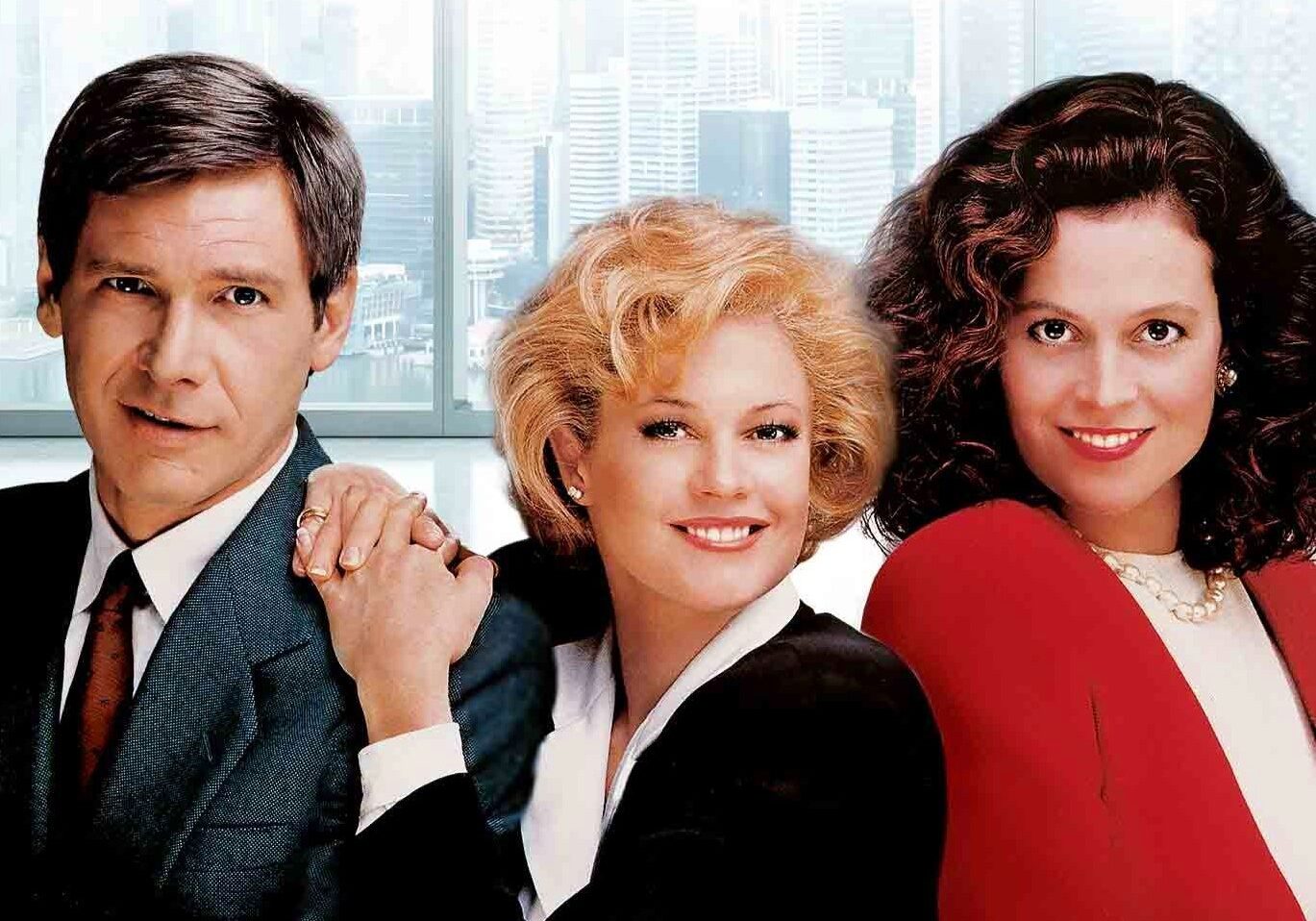Over the past few days you've probably seen an article or two about Bill Hwang and the collapse of Archegos Capital, Hwang's hedge fund with an estimated $10-15 billion in assets that was levered up more than 5x across multiple prime brokers, and came tumbling down in a “margin call” last Friday. And yes, I’ll explain in a minute why I put that in air quotes.
Almost certainly, the article you saw about Bill Hwang described him as a Tiger Cub and not a Raccoon, which is too bad. I'm trying to change that animal association with this note.
Hwang is called a Tiger Cub because, like many other hedge fund luminaries (Chase Coleman, Lee Ainslie, Steve Mandel, Andreas Halvorsen, John Griffin, etc. etc.), he used to work for Julian Robertson’s OG hedge fund, Tiger Management. As the story goes, Hwang was an equity sales guy for Hyundai Securities, where he won an annual cash prize “for charity” that Robertson used to give to the “person outside the firm who contributed the most to the firm’s success”, which led to a job … LOL. This, of course, was in the heady pre-Reg FD days for golden age hedge funds like Tiger and SAC (Stevie Cohen) and Quantum (George Soros), when the line between legal and illegal inside information was, shall we say, a bit more blurry than it is today, and guys like Hwang thrived.










This is a good note, and a lot to unpack here. The one standout issue though is that it seems to put ET back decidedly in the deflationary camp. That doesn’t help our own internal Widening Gyre of polarization between investors in the inflation or deflation camps. We’re forced to build schizophrenic portfolios where there can be only one right answer to the inflation/deflation question, and it absolutely is an all or nothing bet.
Pretty much every problem in the US financial system boils down to leverage. A 10-year plan to reduce financial system leverage to near zero would be useful. Fairly easy to implement but probably impossible to pass until after the next collapse.
Agree 1,000%.
Ben makes the point that we need to have Clear Eyes that the behavior that has been enabled by the leverage, and passed off as normal market action by Wall Street missionaries, is rarely noted. It is the inevitable unwinds that get the attention when they are two sides of the same coin.
Not sure if that’s the case. You could have substantial blowups of Raccoon financiers AND still have runaway inflation. Not mutually exclusive.
But I also think Ben would say that ET is not ‘predicting’ inflation. I.e. their not giving an answer to the problem. They’re simply pointing out that there is an inflation narrative and that runaway inflation would also break a great many things in our world and folks are not prepared for it. This fits squarely in the min-max framework on how one should think about inflation risk.
Would that include eliminating fractional reserve banking?
In retrospect, it was a bad idea for Credit Suisse to hire the Maytag Repair Man to run the company’s internal risk controls.
On another unrelated note, Credit Suisse–the guys who have to unload a metric ton of Viacom–just raised their rating on Viacom today. I’m sure that was a coincidence.
Love those Chinese Walls! Can you say that anymore?
Torturing another reference from my generation, it is more likely Crazy Eddie, infamous for bankrupting the consumer electronics chain while loved by Wall Street, is in charge of risk at CS!
Excellent piece Ben. Clearly Huang is a shady character and has crossed some boundaries over his career but I do however feel that Julian Robertson ran a reputable shop. I dealt with them in the 90s and found them to have the highest integrity of all the big funds at the time. Perhaps some of his Cubs have strayed but the reason their performance and popularity is so high is that they have been able to generate massive alpha in the post Reg FD environment.
The real story here is that the AW Jones Model that Robertson executed has been given massive leverage by PBs. Gross leverage in these funds at 300% is not uncommon and there is a massive crowding in the names they own. The vulnerability of any strategy is popularity and to generate the same returns funds are having to add more and more leverage. This never ends well